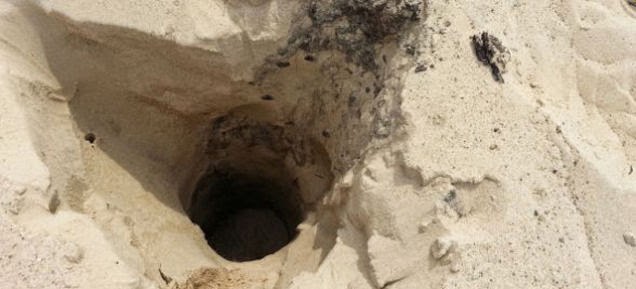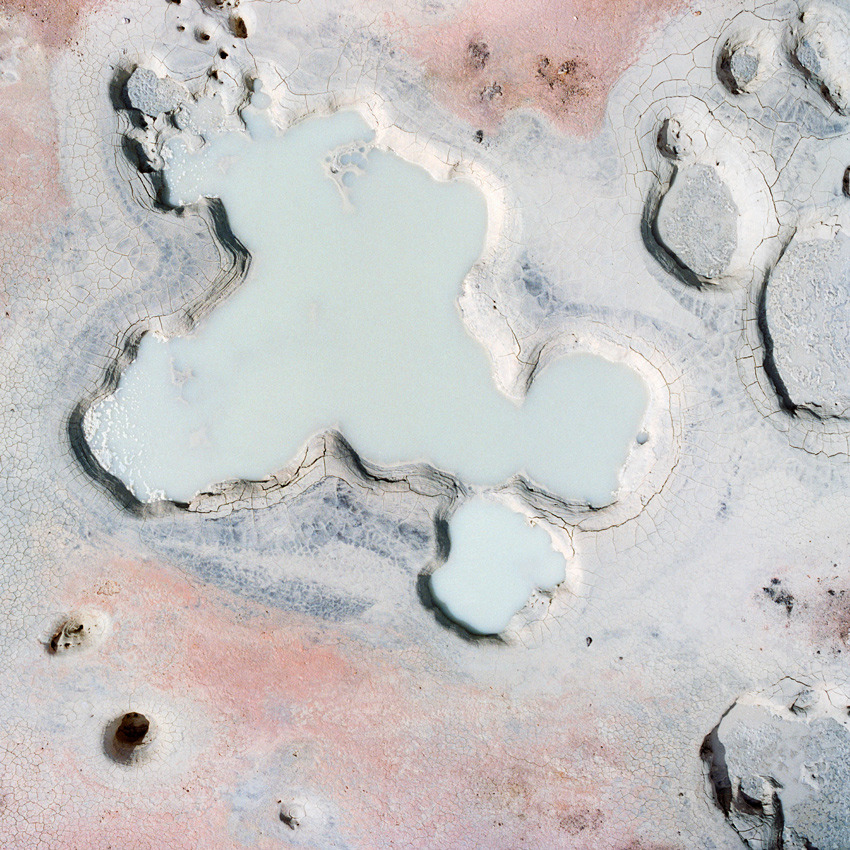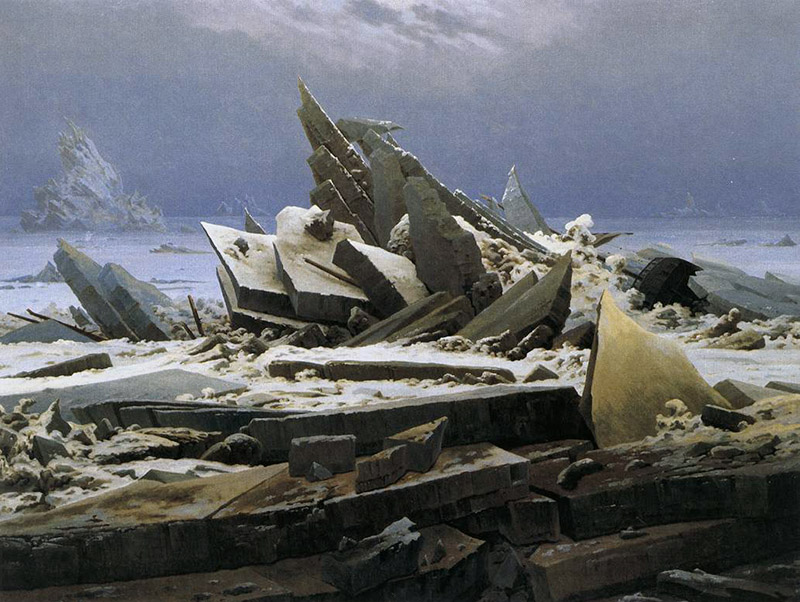 [Image: A sinkhole in Wink, Texas, surrounded by oil extraction and wastewater injection infrastructure].
[Image: A sinkhole in Wink, Texas, surrounded by oil extraction and wastewater injection infrastructure].
A story I meant to include in my link round-up yesterday is this news item about a “large swath” of active oil well sites in Texas “heaving and sinking at alarming rates.”
In other words, previously solid ground has been turned into a slow-moving terrestrial sea.
“Radar satellite images show significant movement of the ground across a 4000-square-mile area—in one place as much as 40 inches over the past two-and-a-half years,” Phys.org reports. The land is tidal, surging and rolling with artificially induced deformation.
“This region of Texas has been punctured like a pin cushion with oil wells and injection wells since the 1940s and our findings associate that activity with ground movement,” one of the researchers explains.
 [Image: Infrastructure near Wink, Texas].
[Image: Infrastructure near Wink, Texas].
What’s particularly fascinating about this is why it’s alleged to be happening in the first place: a jumbled, chaotic, quasi-architectural mess of boreholes, abandoned pipework, and other artificial pores has begun churning beneath the surface of things and causing slow-motion land collapse.
For example, “The rapid sinking is most likely caused by water leaking through abandoned wells into the Salado formation and dissolving salt layers, threatening possible ground collapse.” Or a nearby region “where significant subsidence from fresh water flowing through cracked well casings, corroded steel pipes and unplugged abandoned wells has been widely reported.”
This utterly weird, anthropocenic assemblage—or should I say anthroposcenic—has also changed the terrain in other ways. Water leaking into an underground salt formation has “created voids,” for example, which have “caused the ground to sink and water to rise from the subsurface, including creating Boehmer Lake, which didn’t exist before 2003.” It’s like upward-falling rain.
The site brings to mind the work of Lebbeus Woods: jammed-up subterranean infrastructure, in a sprawling knot of abandoned and semi-functional machinery, causing the solid earth to behave more like the sea.
Read more at Phys.org.
 [Image: Philadelphia’s Logan neighborhood, via
[Image: Philadelphia’s Logan neighborhood, via  [Image: The empty streets of Logan, via Google Street View].
[Image: The empty streets of Logan, via Google Street View].



 [Image: Photo by
[Image: Photo by  [Image:
[Image:  [Image:
[Image:  [Image: Walking into a glacier: “
[Image: Walking into a glacier: “ [Image: “Chat piles” looming round the “abandoned storefronts and empty lots” of Picher, OK; photo by
[Image: “Chat piles” looming round the “abandoned storefronts and empty lots” of Picher, OK; photo by